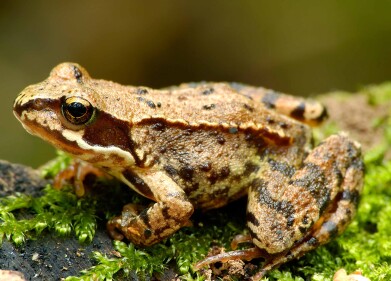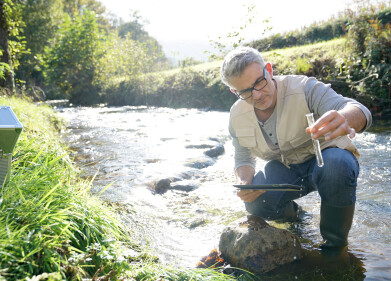Soil Testing
Why is NASA Monitoring Soil Moisture?
Feb 09 2015
When NASA is mentioned, it often tends to be in the context of space and exploration. For example, we recently looked at their new origami crane solar panels for space stations, a NASA holiday for £34 million and how NASA made a socket wrench in space. It may come as a surprise then that a major new project by NASA sees them focusing on soil moisture levels on Earth.
Introducing SMAP
Named SMAP (standing for Soil Moisture Active Passive), the project aims to investigate soil moisture levels for the next three years by taking images of the top layer (5cm) of soil throughout the Globe from a satellite every 2 – 3 days. The project SMAP, taken from the name of the satellite orbiting and capturing the images in question, has a number of objectives. Scientists are already aware of the relevance of the top soil layer as this is the one where food and vegetation grows, its health and continuity is essential for human life.
In studying it on such a mammoth scale, the researchers hope to be able to see and appreciate the links between water, energy and carbon, understand how and why water and energy fluxes occur, improve existing weather forecasting techniques, and develop improved flood prediction abilities.
SMAP has been developed in such as way that the observatory will be able to distinguish between water that is frozen or thawed. This will also be monitored for changes both large and small over the course of the three-year project.
In areas where water is not frozen, SMAP will be able to take images and measure the amount of surface water, as well as that lying between rocks and minerals at the surface.
The results
The images are just the first step of this massive project, which is one of four proposed by the National Research Council’s Committee on Earth Science and Applications from Space.
Once they have been collected, the research team will use them to create a global map of soil moisture. These maps will then enhance existing understanding of water and carbon circulation. While the water system is widely known and understood, it is hoped that much will be learned about the lesser known carbon cycle. We are aware that the carbon cycle refers to the transference of carbon from the atmosphere and oceans into living organisms and back again. And we’re also aware that the way in which this happens could have significant repercussions on a fragile balance, which could result in climate change among others.
The foundations
The project was first proposed in 2007 and as a result of the perceived benefits it was given the highest mission priority by the Committees Water Resources Panel. The hope of the project is that by combining research across the globe, in a more effective way than ever before, the researchers can start to understand the way that soil moisture impacts the atmosphere, water, carbon cycles and the weather systems and use them to our advantage.
Digital Edition
AET 28.4 Oct/Nov 2024
November 2024
Gas Detection - Go from lagging to leading: why investment in gas detection makes sense Air Monitoring - Swirl and vortex meters will aid green hydrogen production - Beyond the Stack: Emi...
View all digital editions
Events
Jan 14 2025 Abu Dhabi, UAE
Jan 20 2025 San Diego, CA, USA
Carrefour des Gestions Locales de L'eau
Jan 22 2025 Rennes, France
Safety, Health & Wellbeing LIVE
Jan 22 2025 Manchester, UK
Jan 25 2025 San Diego, CA, USA



















